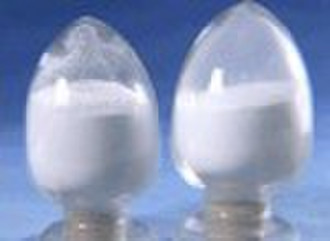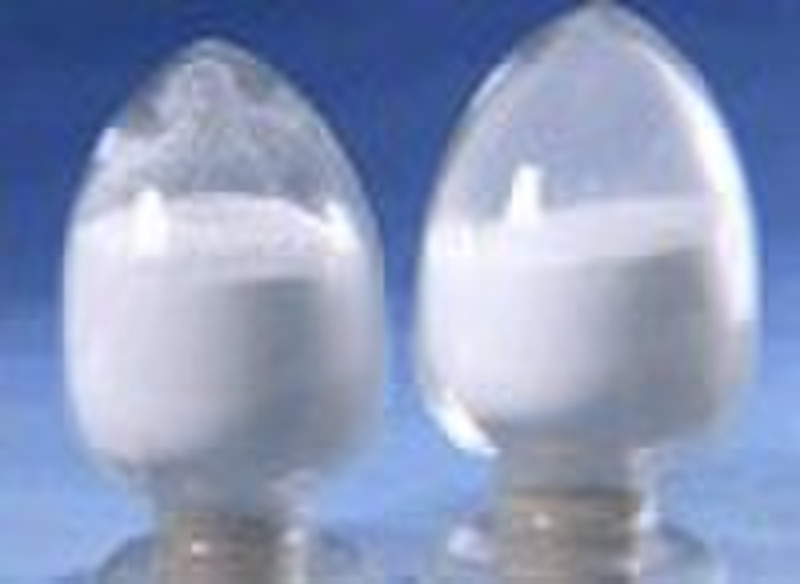Catalog
-
Catalog
- Agriculture
- Apparel
- Automobiles & Motorcycles
- Beauty & Personal Care
- Business Services
- Chemicals
- Construction & Real Estate
- Consumer Electronics
- Electrical Equipment & Supplies
- Electronic Components & Supplies
- Energy
- Environment
- Excess Inventory
- Fashion Accessories
- Food & Beverage
- Furniture
- Gifts & Crafts
- Hardware
- Health & Medical
- Home & Garden
- Home Appliances
- Lights & Lighting
- Luggage, Bags & Cases
- Machinery, Hardware & Tools
- Measurement & Analysis Instruments
- Mechanical Parts & Fabrication Services
- Minerals & Metallurgy
- Office & School Supplies
- Packaging & Printing
- Rubber & Plastics
- Security & Protection
- Service Equipment
- Shoes & Accessories
- Sports & Entertainment
- Telecommunications
- Textiles & Leather Products
- Timepieces, Jewelry, Eyewear
- Tools
- Toys & Hobbies
- Transportation
Filters
Search
L-theanine
original price: 120,00 USD
Guangzhou, China
Production capacity:
150 Ton / Year

Sabrina Zhou
Contact person
Basic Information
What’s L-Theanine? Theanine is derived from tea leaves. Tea is native to eastern Asia and is a member of the Theaceae family. This evergreen shrub or tree grows to over 9 m in height and is pruned from 60 cm to 1.5 m for cultivation. Its dark green, serrated-edged leaves are alternate and oval, while its white and fragrant blossoms appear singly or in clusters. The chemical has also been isolated from the edible mushroom Boletus badius. The mushroom is commonly found in late summer and autumn in the United States, and is reddish brown to dark brick/brown in color with a 4 to 12 cm tall stem. The flesh is white to yellow in color, and becomes a light blue/green color when cut or bruised. What is L-Theanine used for? Traditional/Ethnobotanical uses Second only to water, tea is the most widely consumed beverage in the world. L-theanine was discovered as a constituent of green tea in 1949 and was approved in Japan in 1964 for unlimited use in all foods, including chocolates, soft drinks, and herb teas, except infant foods. It also provides a unique umami (brothy or savory) taste and flavor to green tea infusion. General uses L-theanine may help relieve stress by inducing a relaxing effect without drowsiness and may also possess immunologic attributes. Theanine may also have effects on the cardiovascular system and play a preventative role in cancer; however, limited clinical information is available to support these claims.
Delivery terms and packaging
Packaging Detail: 25kg/drum Delivery Detail: 15 days
Port: Guangzhou
Payment term
Letter of credit
Telegraphic transfer
-
Payment Methods
We accept:









